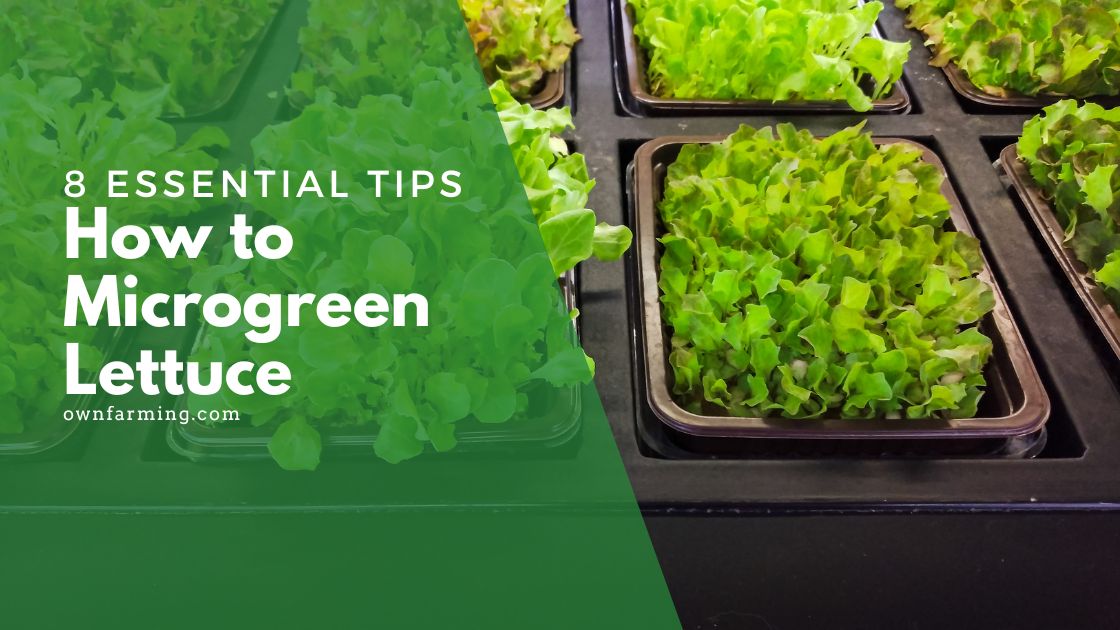Want to learn how to microgreen lettuce? Lettuce is one of the best vegetables for growing as microgreens, as it grows quickly and produces a sizable yield with minimal effort. So if you love microgreens and lettuce, this is your sign to go ahead and get your lettuce microgreen seeds ready.
Microgreens are one of the most popular and nutritious types of greens that you can grow in your home. Compared to their full-grown counterparts, microgreens contain up to 40 times more vitamins and minerals. If you’re interested in learning how to grow your own healthy microgreen lettuce at home, then read on for 8 essential tips!
How to Microgreen Lettuce Quick Guide
In this section, we’ll share with you 8 essential tips for growing vibrant and healthy microgreen lettuce! With just a bit of know-how and some patience, you’ll have your greens in no time. For more details continue below.
- Choose the Right Variety
- Choose the Right Container
- Prepare the Soil
- Plant Your Seeds
- Add Compost
- Keep It Moist
- Harvest Your Greens
- Store if you must
How to Microgreen Lettuce: 8 Essential Tips
You can enjoy delicious and nutritious microgreens right from the comfort of your own home, by paying attention to the following tips for how to microgreen lettuce.
Tip 1: Choose the Right Variety
- When selecting the right variety of lettuce for microgreens, look for a variety that is known to be easy to grow and resistant to disease.
- Romaine and butterhead are two good choices, but you can also find other varieties such as arugula, kale, or spinach that will produce great results.
Tip 2: Choose the Right Container
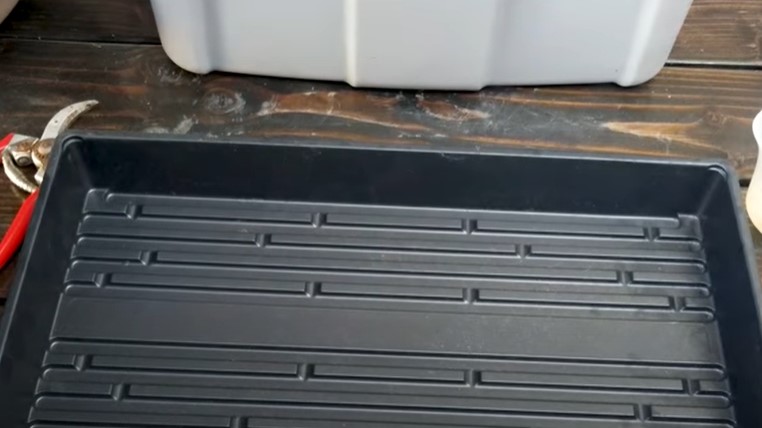
- A shallow container is best for growing microgreens, as they don’t need a lot of soil or water to grow.
- You can use anything from plastic trays to wooden boxes, just make sure that the container has drainage holes at the bottom so excess water can drain away.
Tip 3: Prepare the Soil
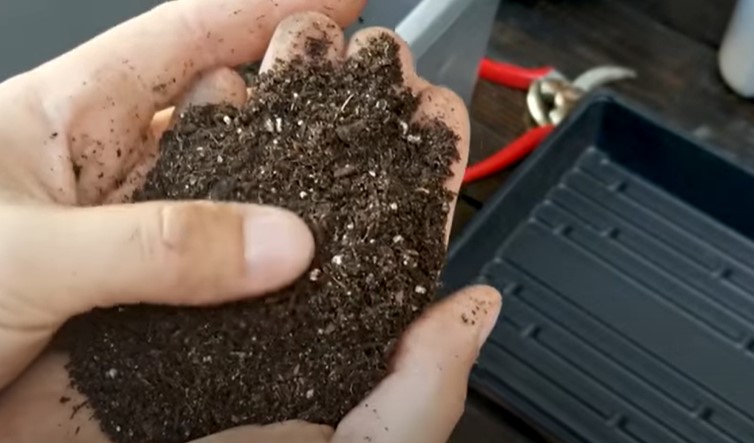
When preparing your soil, make sure to use potting soil that is specifically designed for growing microgreens. You can add some compost to the mix to provide additional nutrients and help retain moisture.
Tip 4: Plant Your Seeds
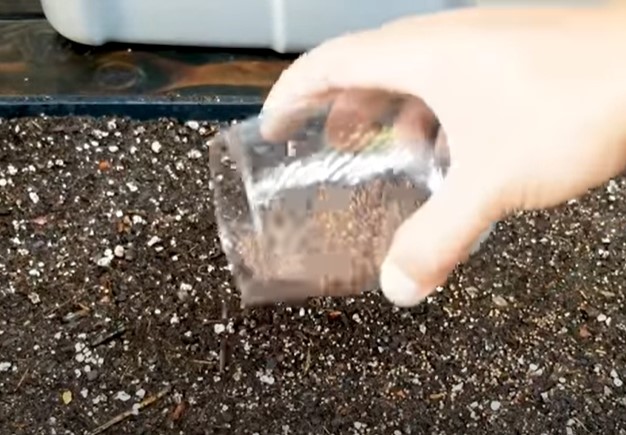
Once your soil is ready, it’s time to plant your lettuce seeds. Sprinkle them evenly over the surface of the soil and gently press them down into the dirt.
Tip 5: Add Compost
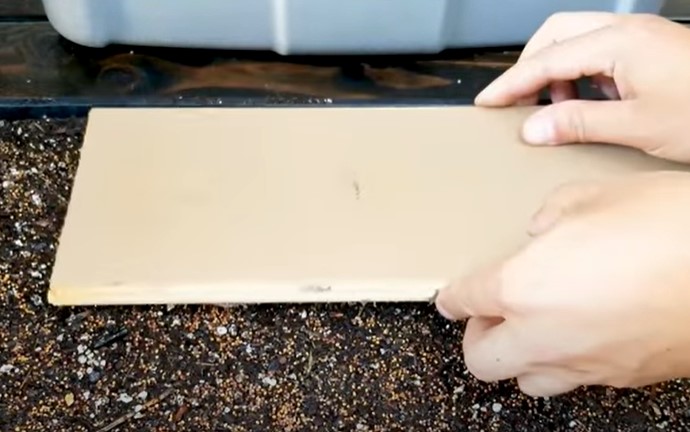
To promote healthy and strong growth of microgreens, consider adding a moderate amount of compost or fertilizer, being careful not to add too much.
Tip 6: Keep It Moist
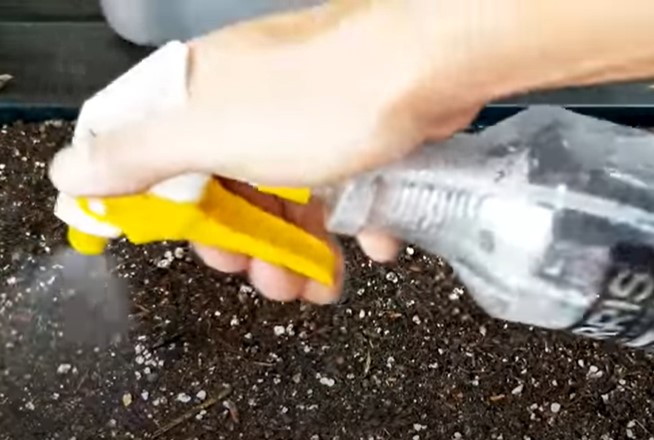
- One of the most important things to remember when growing microgreens is to keep them moist. Mist your lettuce with a fine spray of water once or twice a day, and make sure that the soil stays damp but not soggy.
- Lettuce seeds need to be kept moist in order to germinate, so water your container regularly.
- Use a spray bottle or mister for best results, as this will ensure that you don’t damage any delicate seedlings.
- Microgreens also need plenty of light to grow, so make sure to keep your container in a sunny spot or use artificial lighting if necessary.
- Keep the container out of direct sunlight during hot days, as this can cause the lettuce leaves to wilt.
Tip 7: Harvest Your Greens
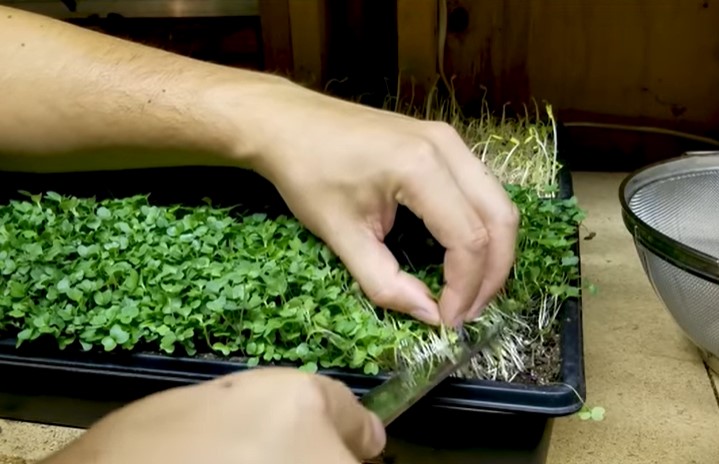
Once your microgreens have reached around 2-3 inches in height, they are ready for harvesting. Simply snip off the tops of your lettuce plants and enjoy.
Tip 8: Store if you must
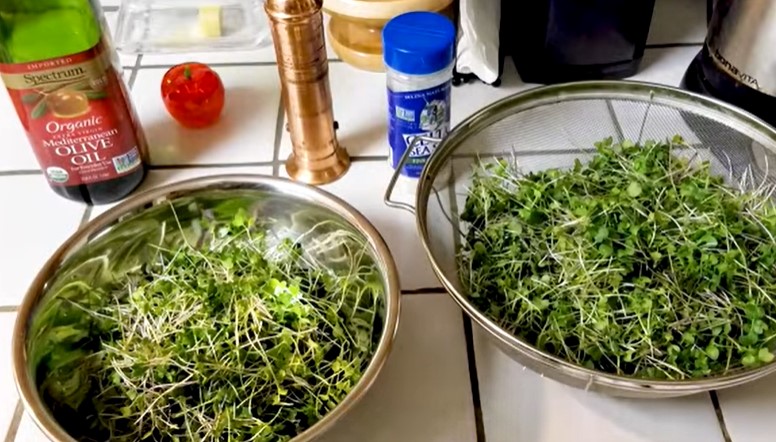
- It is recommended to consume microgreens immediately after harvesting for the best flavor, vitamin content, and freshness.
- If storing them, you can keep them in a mesh bag in the crisper drawer of your refrigerator for 3-7 days.
- You may also store them in sealed bags or food containers wrapped in paper towels but keep in mind that they may start losing their nutritional value and freshness after three days.
Common Questions About How to Microgreen Lettuce
Can lettuce be used as a microgreen?
Growing lettuce microgreens is easy and can be done in a variety of colors, shapes, and sizes. You can even grow different types of lettuce microgreens together in the same seedling tray, as many seed suppliers offer blends with similar germination and growth rates.
How long does it take for lettuce to microgreen?
Your lettuce microgreens will start turning green in approximately 36 hours and will become taller and healthier as they age. When you notice the first signs of “true leaves,” it is time to harvest them. This indicates that the lettuce microgreens are ready for harvesting.
How do you harvest microgreen lettuce?
Quick crops that can be harvested usually two to three weeks after planting. When you notice the first set of true leaves, it’s time to harvest. Simply cut the microgreens just above the soil line. For the best flavor, serve them immediately.
What are the health benefits of lettuce microgreens?
- Fight inflammation: Incorporating one or two cups of lettuce microgreens into your daily diet can provide you with vitamins A, E, and K, which have anti-inflammatory properties.
- Promotes brain health: Severe brain damage can lead to the death of nerve cells, which can result in conditions like Alzheimer’s. Several studies have demonstrated that extracts from lettuce can prevent this death of nerve cells by controlling glucose/serum deprivation (GSD).
- Boost heart health: Microgreens made from romaine lettuce are rich in folate, which is a type of B vitamin that helps in converting homocysteine into methionine. When left unconverted, homocysteine can cause damage to blood vessels and lead to plaque formation, which can ultimately harm the heart.
- Help fight cancer: A study by the World Cancer Research Fund suggests that consuming non-starchy vegetables like lettuce may aid in preventing various types of cancers such as stomach, mouth, throat, and esophageal cancers. It is worth noting that lettuce is also a vegetable that contains no starch.
Video How to Grow Lettuce Indoors All Year Long
Learn how to grow your own microgreen lettuce in the comfort of your home! This video will cover everything you need to know about growing and harvesting microgreens lettuce. From the best soil type to use, tips on watering and lighting, and harvesting techniques – get ready for a full tutorial on how to create delicious microgreens right at home!
Final Thoughts
By following these simple tips, you can easily grow microgreens lettuce at home in no time. Not only are they affordable and easy to maintain, but they also provide a great nutritional boost with their high levels of vitamins and minerals.
With the right soil mix, light source, temperature range, water supply, and care routine – anyone can successfully learn how to microgreen lettuce for a healthy snack or meal addition! So why not give it a try today? You’ll be surprised by how quickly your plants will take off.

